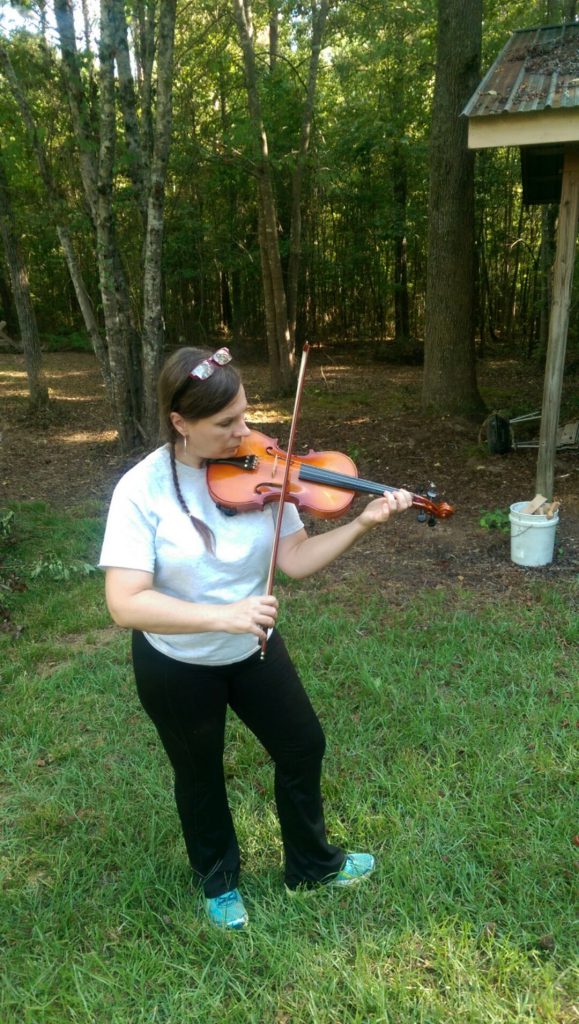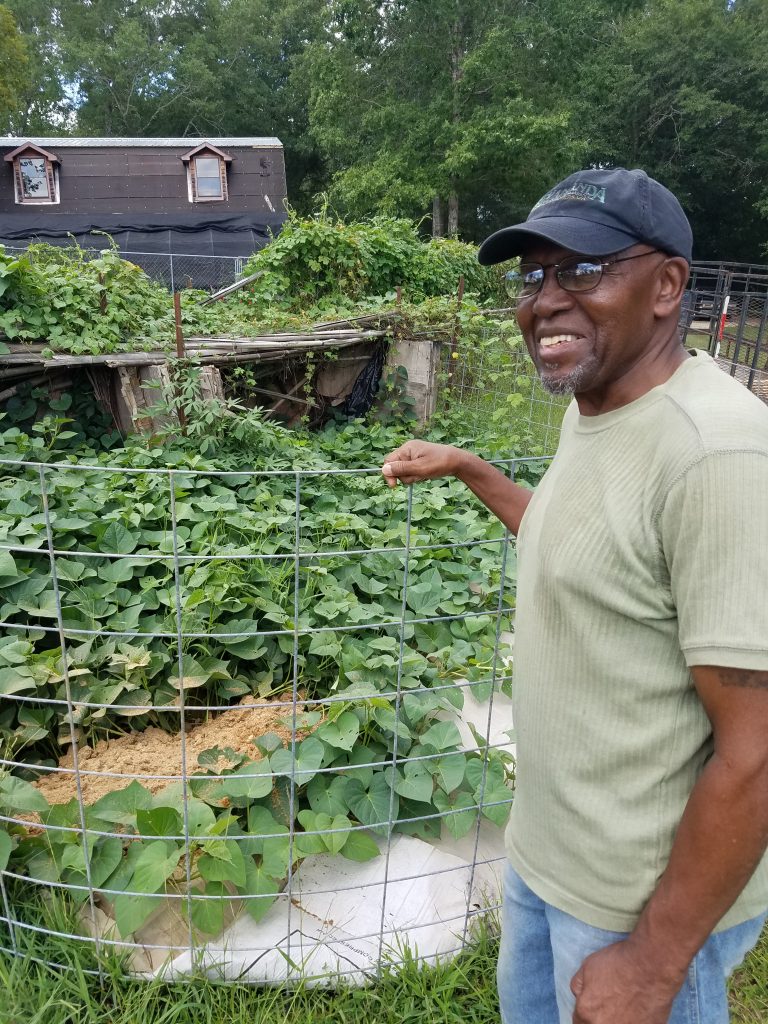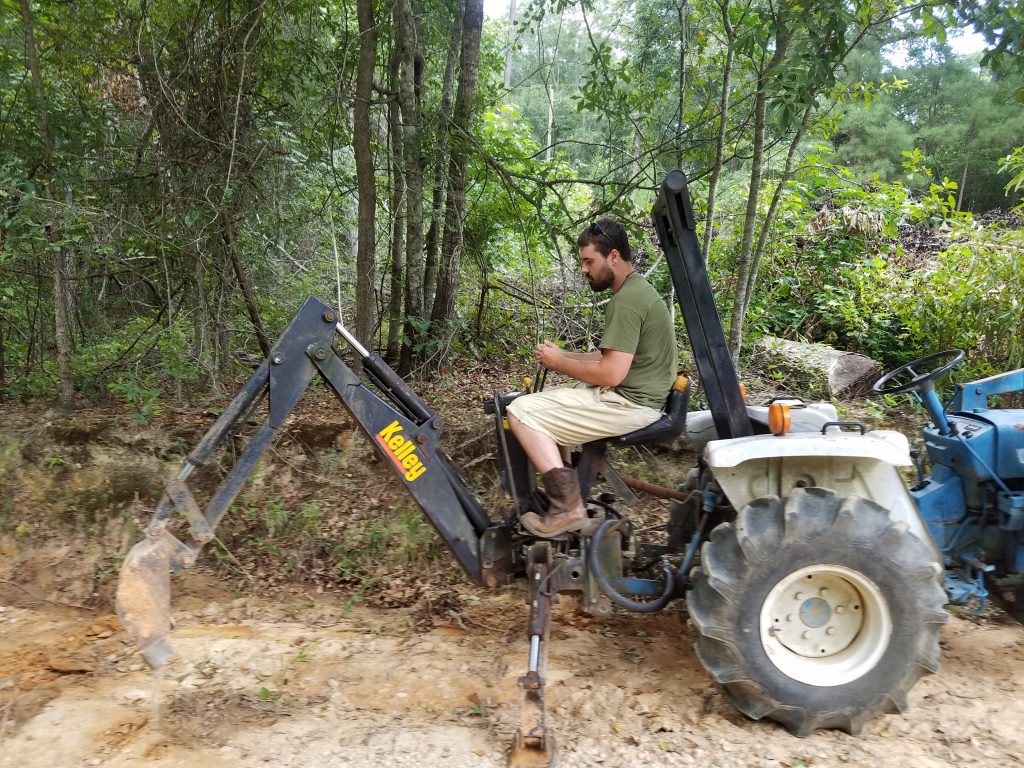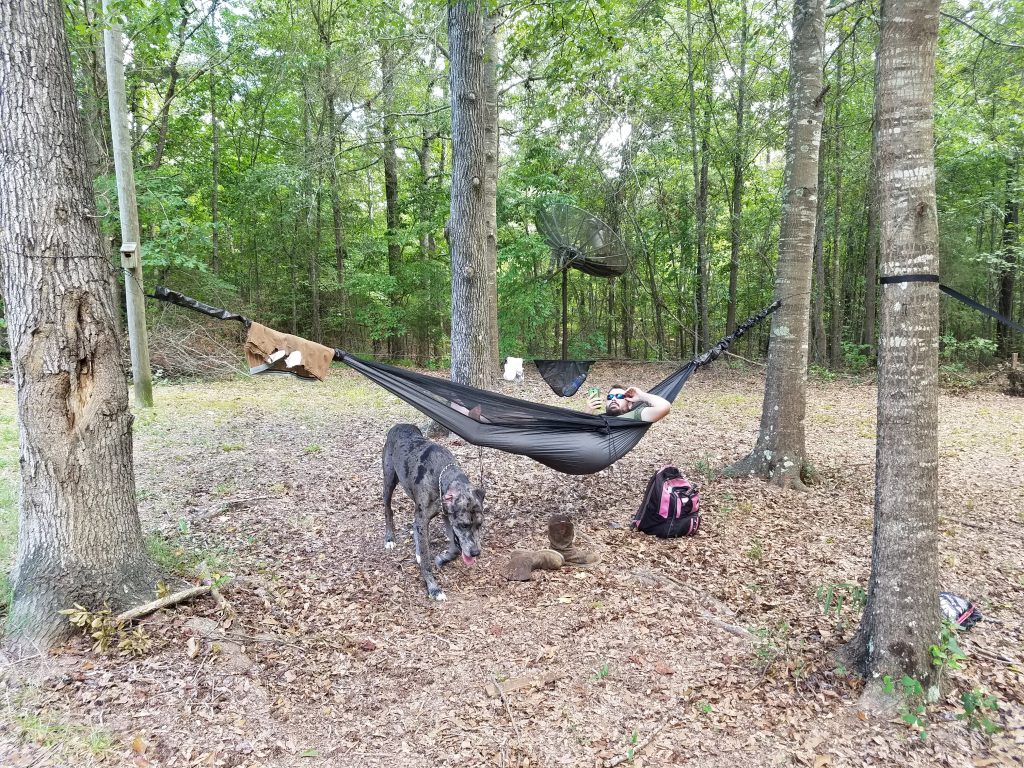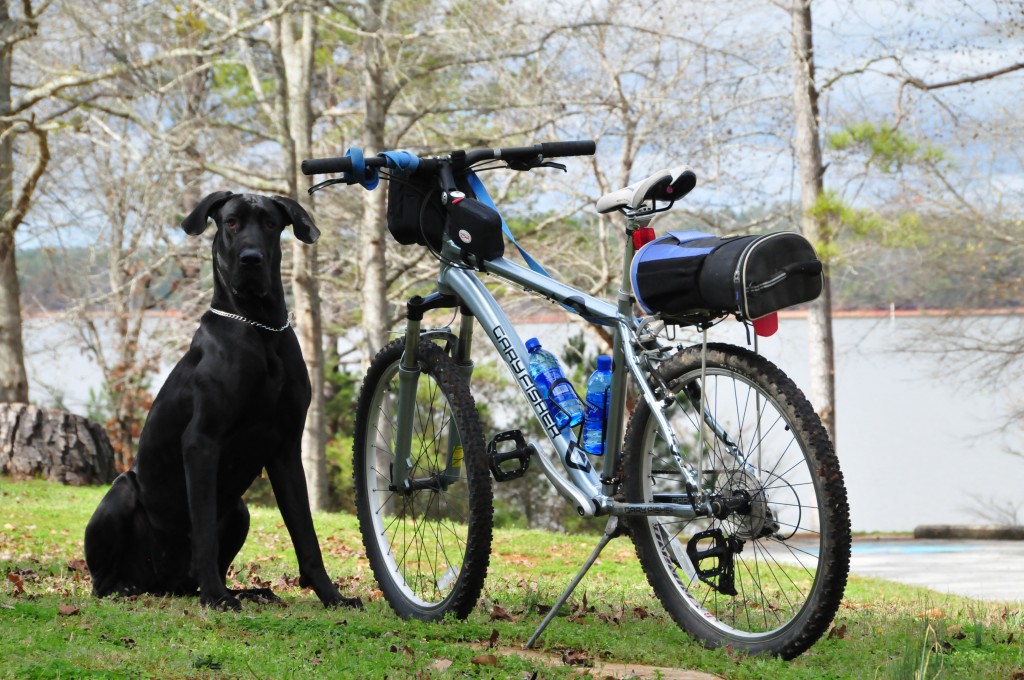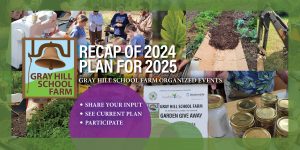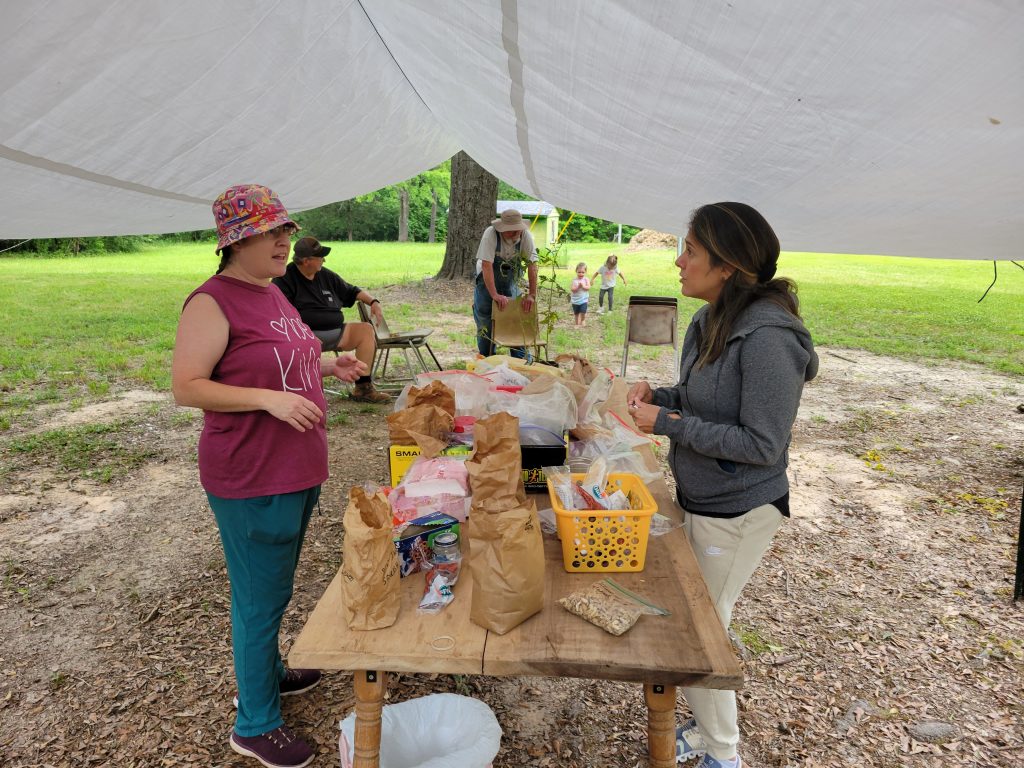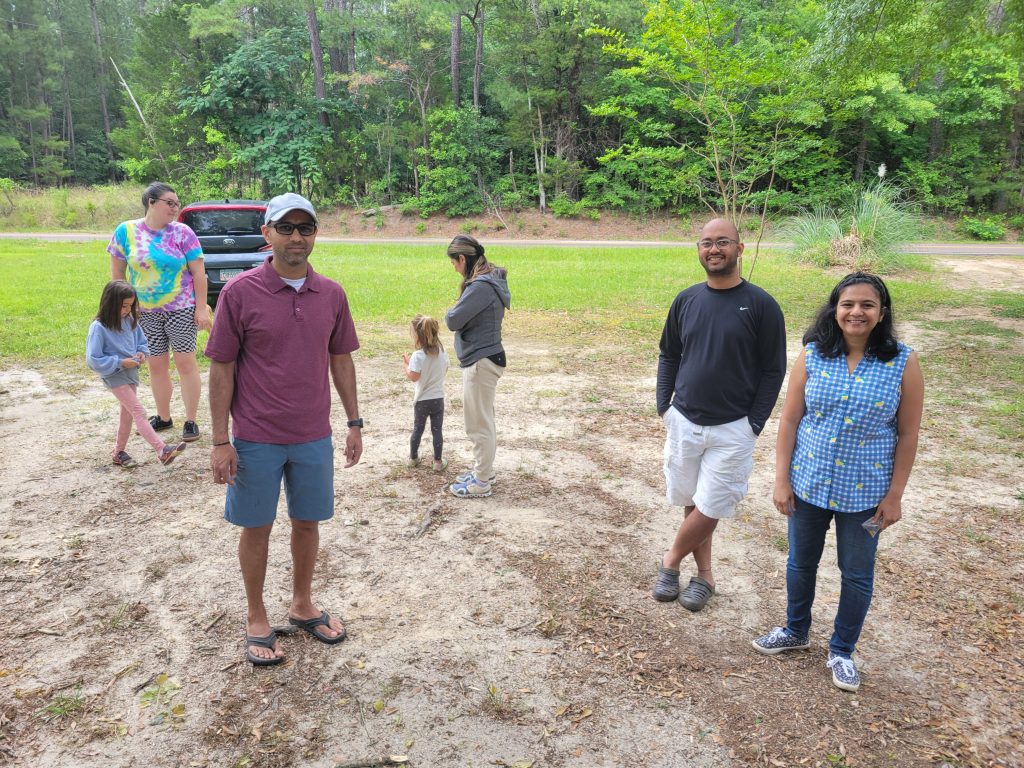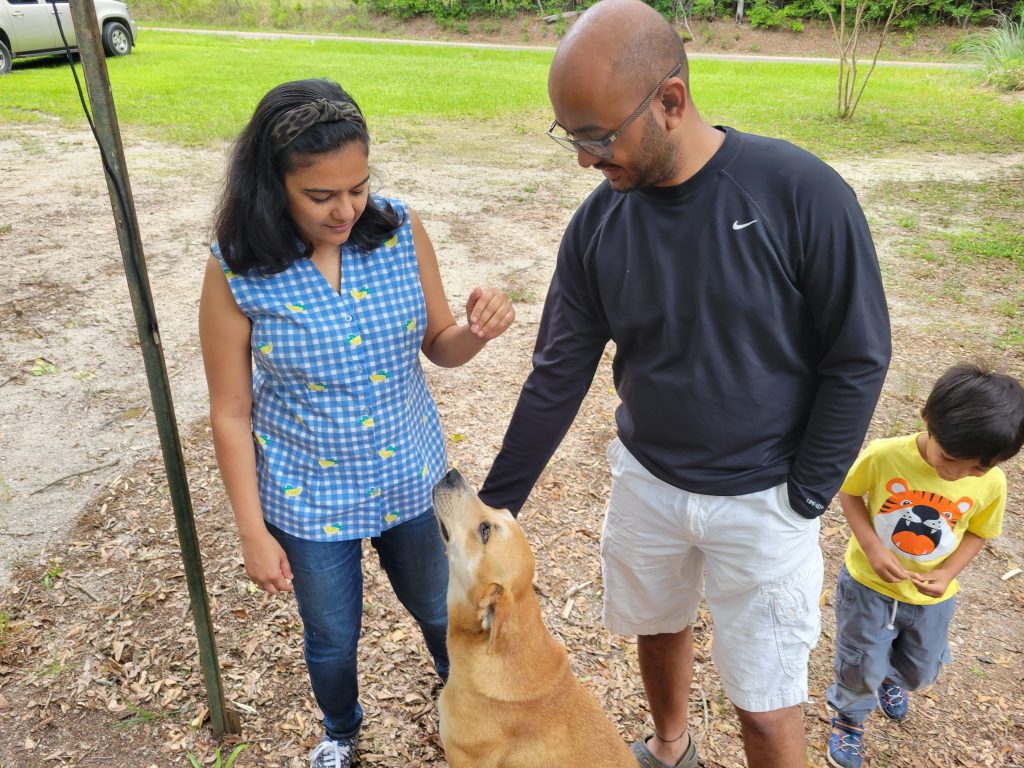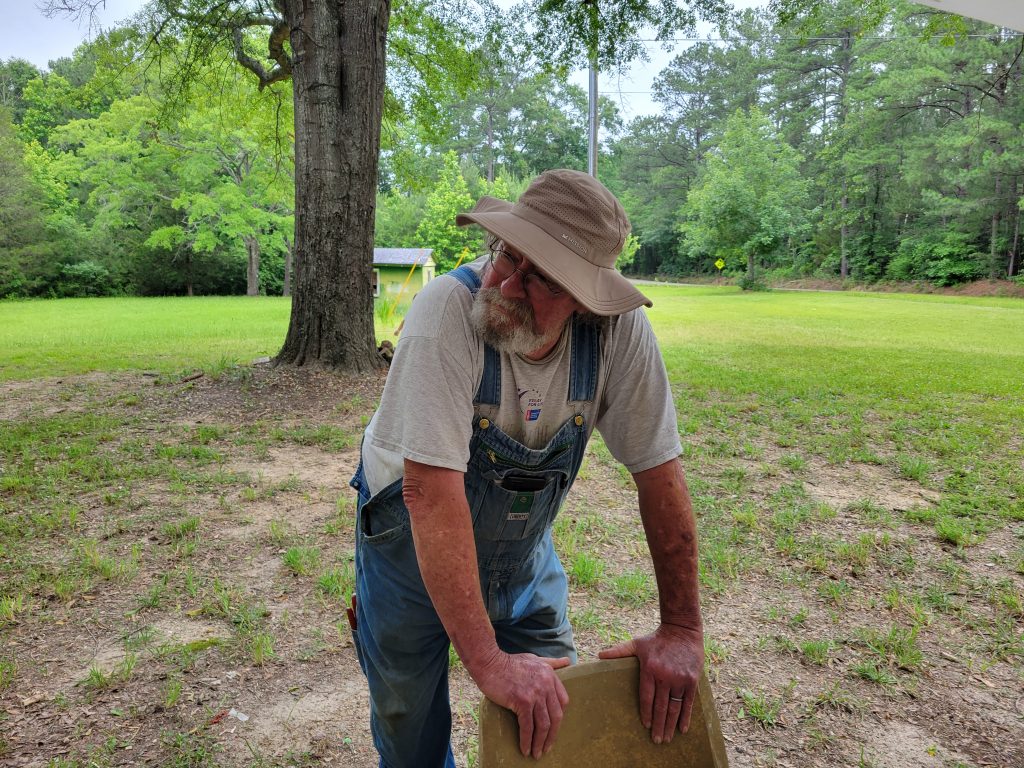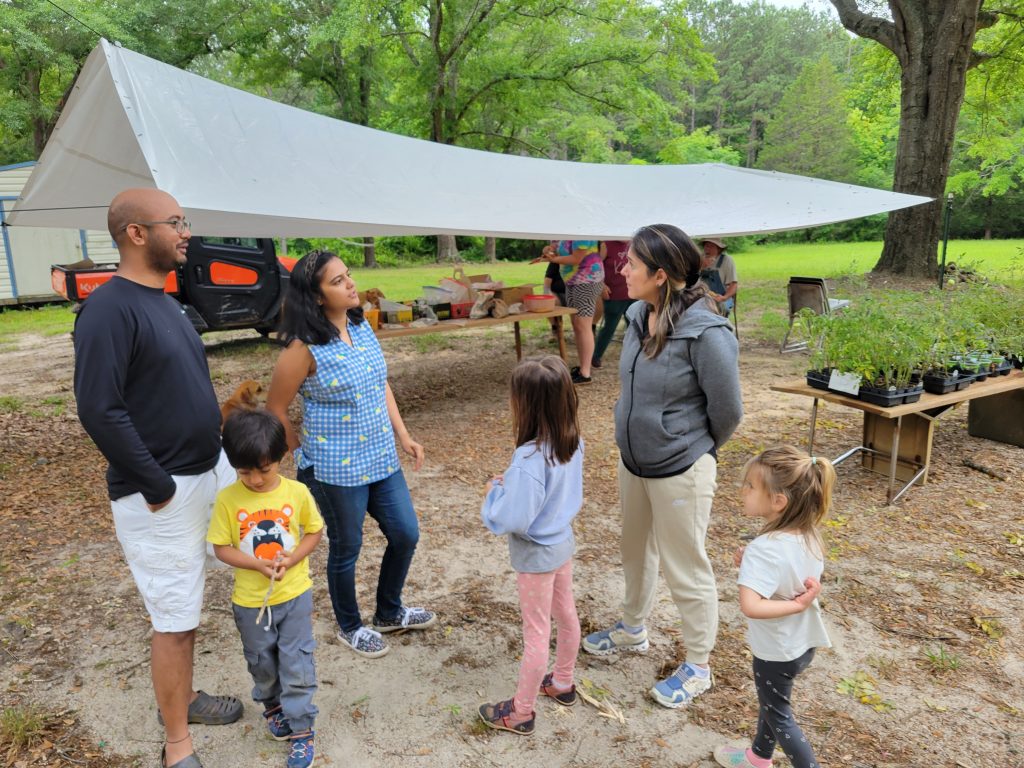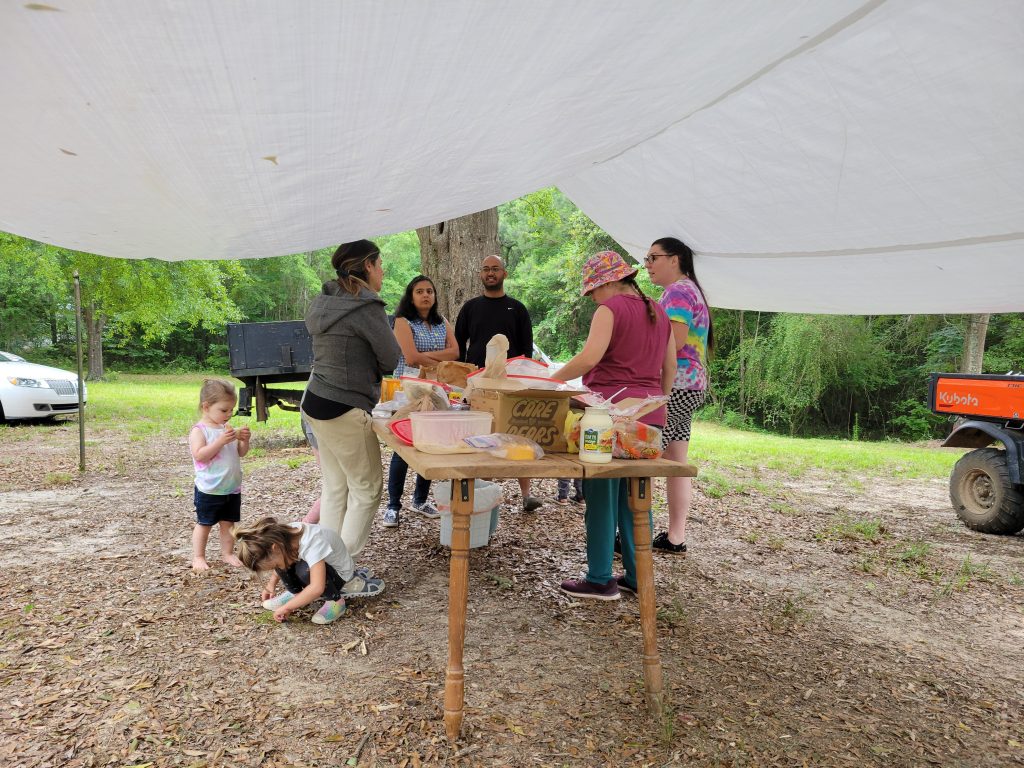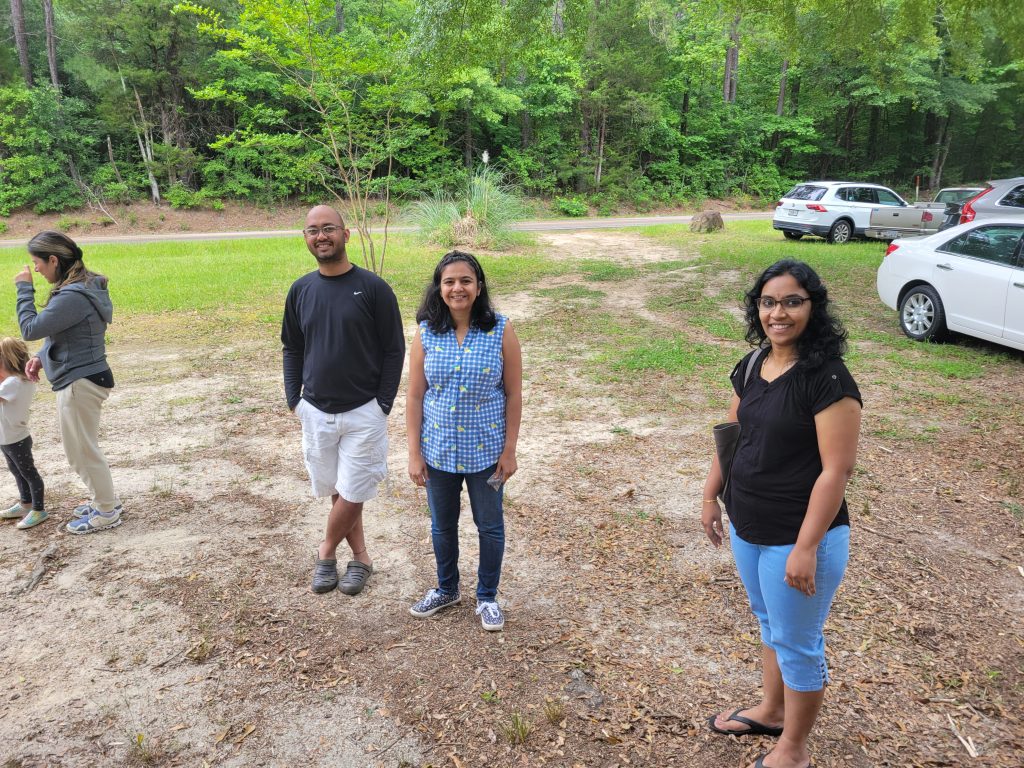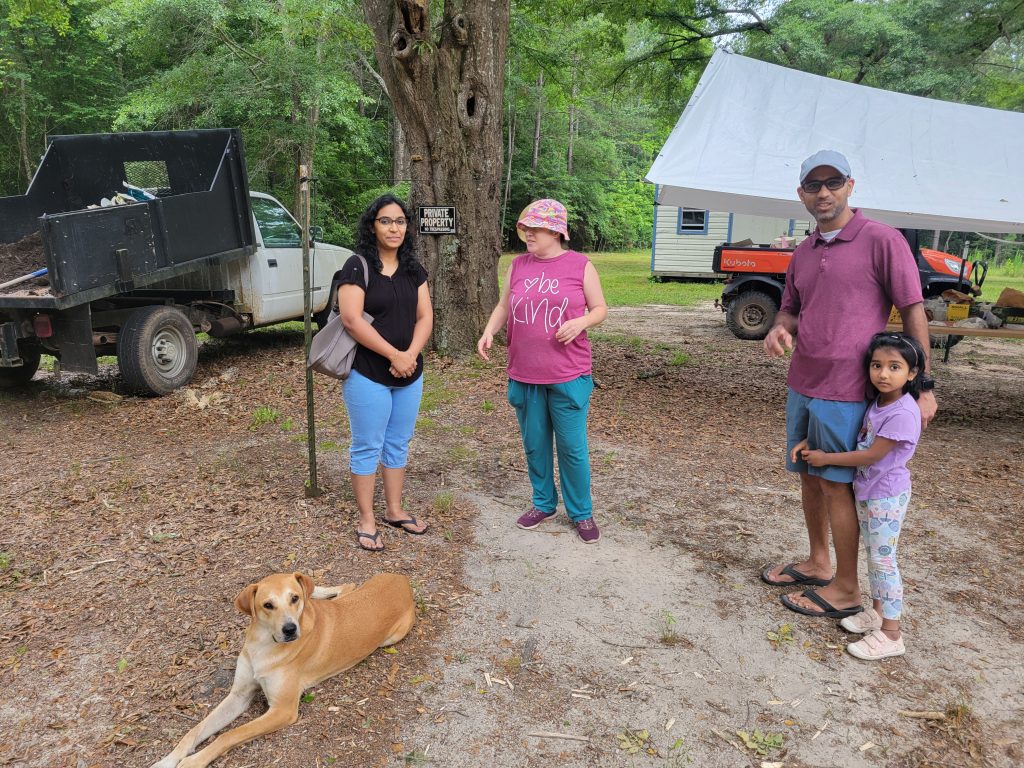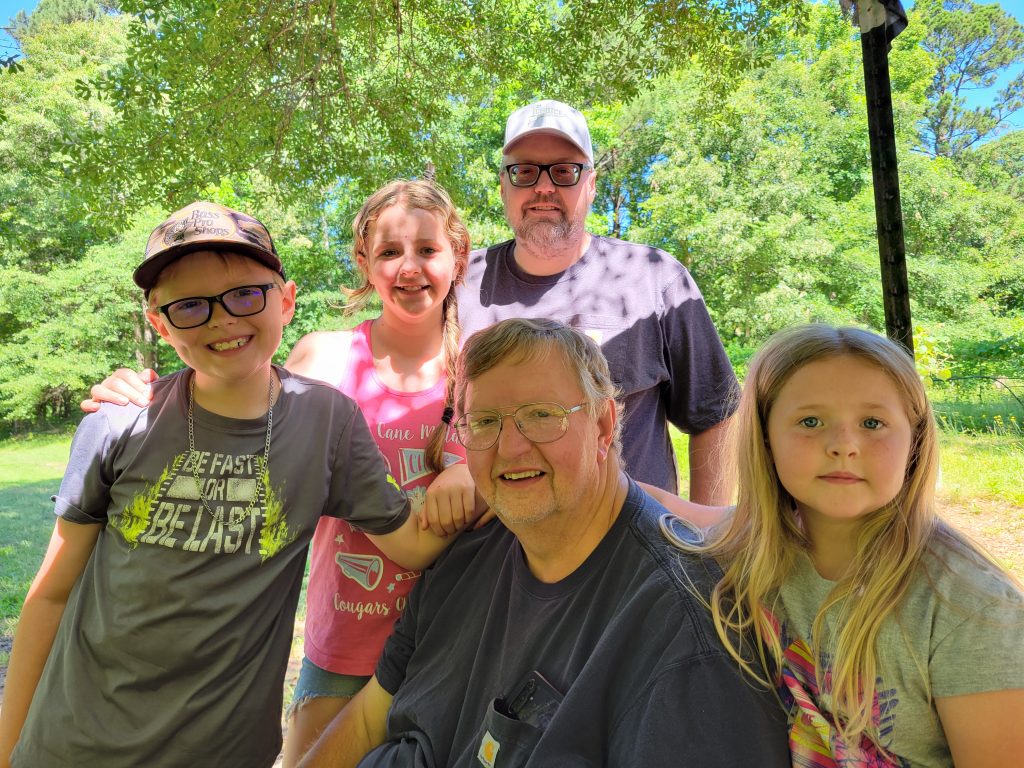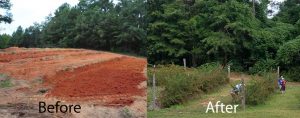 Welcome to 2017. We at Grayhill School Farm are very excited to be able to bring you Permaculture Education. Permanent agriculture or permaculture, is ethics driven agriculture designed to create fertile, living topsoil. Our vision is to connect growers with land, and teach children and adults a regenerative process of growing healthy food for themselves and their neighbors.
Welcome to 2017. We at Grayhill School Farm are very excited to be able to bring you Permaculture Education. Permanent agriculture or permaculture, is ethics driven agriculture designed to create fertile, living topsoil. Our vision is to connect growers with land, and teach children and adults a regenerative process of growing healthy food for themselves and their neighbors.
Our community education/meet-up sessions will take place on Sunday afternoons from 2:00 pm until 6:00 pm. The location: All sessions are at Grayhill School Farm, which adjoins RabbitEye Farm at 279 Grayhill School Road, West Point, GA – Parking at RabbitEye Farm and short walk to education building. Our first session titled “Red Clay Ditch Gardening” will take place Sunday January 15, 2017, which is coming up soon. All January sessions are free to the community and will include farm tours. Weather appropriate clothing and comfortable shoes required.
Session One: Red-Clay Ditch Gardening January 15, 2017 2-6 pm
Farmscaping in the red clay zone, creating “living soil” – How to build natural eco-systems that break down accumulated minerals and carbons into forms readily available to plants while minimizing needs for water and fertilizers. Learn about permaculture techniques employed by RabbitEye Farm to change “grow nothing red clay” into lush, abundant food production.
Session Two: No Till & No Weeds – easy winter prep January 22, 2017 2-6 pm
Learn what you should be doing NOW to prepare your Spring kitchen garden with abundant, organic, living soil. Allow nature to do most of the work and use materials available at almost no cost and very little labor. See examples of first year to five year no till beds and differences in several soil prep methods. The sooner you start the better the soil.
Session Three: Mini Greenhouses – inexpensive and wind resistant January 29, 2017 2-6 pm
Easily assembled, using parts readily available from Tractor Supply or similar farm supply store. Learn how to build a 9×8 Greenhouse/shade house for about $175. The length is scaleable in 4 foot increments. Build a 9×20 for about $350. Attractive in rural or urban environments. We will explore using these as a supplemental heating source for homes or barns. Self-heating and self-venting methods will also be discussed along with practical tips on assembly.

